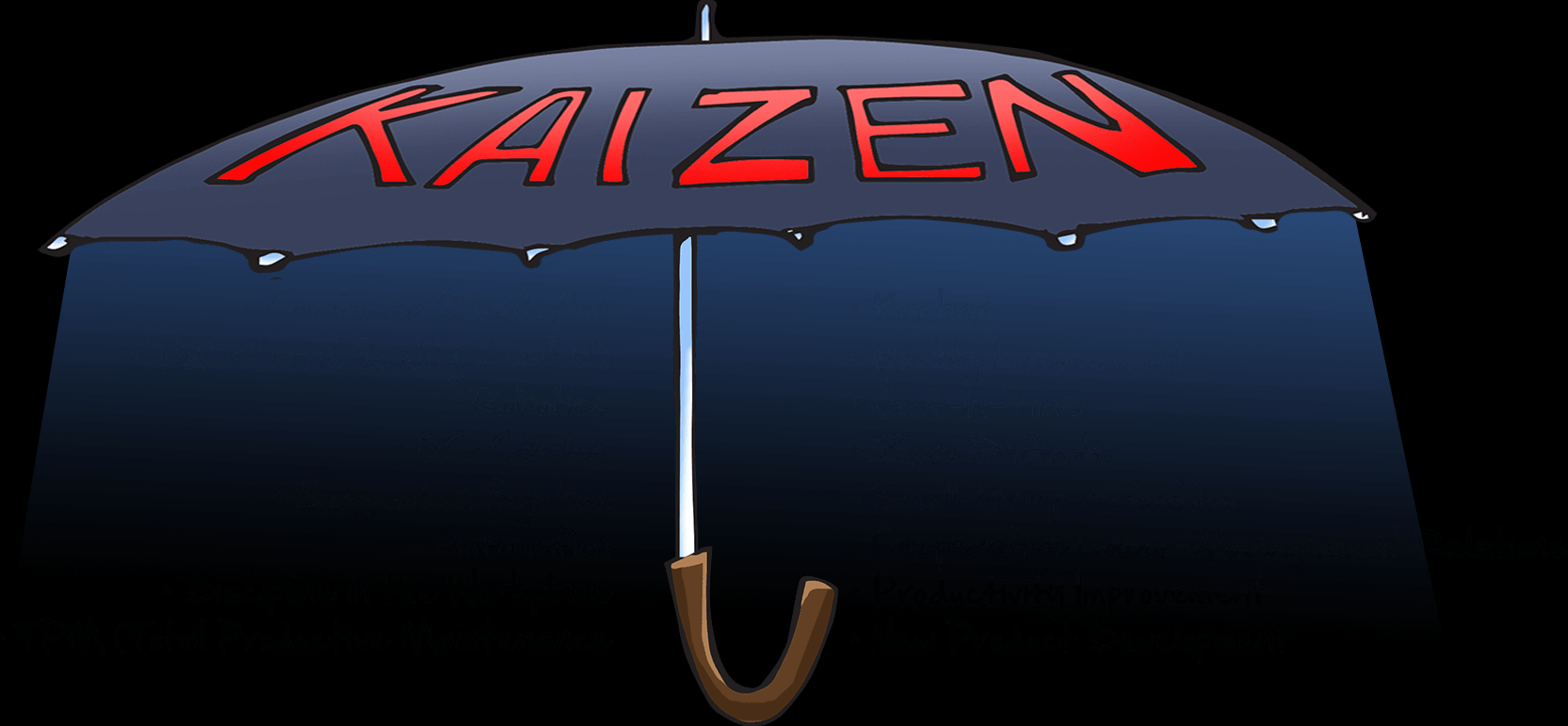Operational excellence is achieving and sustaining results that meet and exceed the expectations of all stakeholders
Every business has to face numerous and different challenges, both external and internal ones. For instance, speed and the ability to adapt to changing market conditions are a significant challenge. New technologies and innovation acceleration are disrupting traditional industries and markets.
The threat of new competition, rising customer expectations, expanding markets, and digitalization are the key drivers of change, and the driving force behind the ever-increasing need for Operational Excellence, especially for end-to-end Business Transformation, and rapid and flexible solution offerings and execution. The rapid appearance of new business models adds fuel to increased customer expectations and requirements.
Every change in the market affects how a company operates and performs, often dramatically. These days, it is difficult to respond to one disruption before being thrown off course by the next one. Advanced technologies, increasing digitization such as Artificial Intelligence (AI), Robotic Process Automation, Drone technology, Self-Driving Cars, Machine Learning, Internet Of Things (IOT), Cloud Computing, Big Data, Data Analytics, Advanced Robotics, 3D Printing, Mobile Applications are just some of the technology shifts.
But how does meaningful and effective change take place? This write-up will offer you a better understanding of Operational Excellence as well as its effects, outcomes and methodologies.
What is Operational Excellence?
Operational Excellence is the execution of the business strategy more consistently and reliably than the competition, with lower operational risk, lower operating costs, and increased revenues. It is needed more than ever in today’s technology-driven and rapidly changing business models, which require organizations to undergo an end-to-end business transformation. Operational Excellence can also be viewed as execution excellence.
Some of the key process methodologies used are Lean Manufacturing, Six Sigma, Kaizen, Hoshin Planning, Balanced Scorecard, etc.
However, the focus of Operational Excellence goes beyond the traditional continuous improvement methods to a long-term change in organizational culture. Companies in pursuit of Operational Excellence do two things significantly differently than other companies: they manage their business and operational processes systematically and invest in developing the right culture.
Operational Excellence manifests itself in integrated performance across revenue, cost, and risk. It focuses on meeting customer expectations through the continuous improvement of the operational processes and the culture of the organization. The goal is to develop one single, integrated enterprise-level management system with the ideal flow.
The second component, a culture of Operational Discipline, is commonly described as doing the right thing, the right way, every time. This culture is built upon guiding principles of integrity, questioning attitude, always problem-solving, daily continuous improvement mindset, and level of knowledge, teamwork, and process-driven.
Different Perspectives on Operational Excellence
At heart, Operational Excellence is an element of organizational leadership that stresses the application of a numerous methodologies and tools, with a focus on the sustainable improvement of outstanding performance metrics.
Much of this management philosophy is based on earlier continuous improvement methodologies, such as Lean, Six Sigma, and the combined methodology of Lean Six Sigma. The focus of Operational Excellence goes beyond the traditional event-based model of improvement, towards a long-term change in organizational culture.
Read Also >> How to Optimise Knowledge Management in Organisations
Principles to Achieve Operational Excellence
- Design lean value streams: Design an end-to-end lean value stream flow that starts from the time an order or request for a product/service is received from the customer until the time the product/service is delivered to the destination.
- Make lean value streams flow: Now the designed lean value stream has come to action. First of all, you should communicate it by providing formal classroom education. That way you can make sure that everyone understands the objectives and is very clear about the intended outcome of the design as well as the usage of relevant standard lean tools. Then the value stream flow can start in the implemented areas.
- Make flow visual: After designing and producing the flow, the next step is to make the flow visual. This has the purpose of employees being able to see how the processes are connected to one another and to the customer. It has to be mentioned that there are two categories of visuals for flow in Operational Excellence: static and dynamic. Dynamic indicators enable employees the knowledge of the current status of flow and visuals that support the static design are indicators of how the flow should work based on the design.
- Create standard work for flow: When a successful visual lean flow is created, the concept of standard work has to be applied to that flow. However, standard work has to be implemented not only at the process but also between the processes.
- Make abnormal flow visual: All Employees should be able to see when or before abnormal flow happens in order to know not only how to correct abnormal flow, but also prevent future occurrences without the assistance of Management.

The flow of material to the customer is a good example of supporting the revealing of abnormal flows. By using strong visual physical indicators such as green, yellow and red zones as well as at what time the material should move from one process to the next, employees will gain a better knowledge of whether the amount of material that is present at a process or in a connection is normal or abnormal.
6. Create standard work for abnormal flow: At some point, flow will eventually break down. This is why you have to be prepared for these situations and a good approach is the establishment of standard work in order to get the flow back on track. A record of the types of abnormal flow that have occurred and management’s responses to them should be created by operation. On the basis of this record, a “top 10” list of what to do when abnormal flow occurs can be created.
7. Have employees in the flow improve the flow: Operation should not only improve the flow’s performance, but also maintain it for the purpose of supporting further growth. This can be accomplished by teaching employees to use proven continuous improvement tools, e.g. kaizen, differently. This would support and improve the flow design as well as prevent the occurrence of abnormal flow.
8. Perform offense activities: When employees are able to fix autonomous flow on their own, management would not be needed anymore to run the operation and they can spend more time on growing it by performing offense activities.
Effective Business and Process Improvement
The path to Operational Excellence involves dedication, patience, and most of all the understanding of Continuous Improvement. If you implement the respective strategies and approaches efficiently, effective business and process improvement can support your organization in the following key areas:
- Alignment of your strategy and culture
- Harmonization of work and your objectives
- Enhancement of the performance of decision-making
- Recognition of the difference in the value of your customer composition
Top 3 Methodologies of Operational Excellence
- Lean Manufacturing
Lean Manufacturing is about eliminating waste from the manufacturing process without negatively impacting productivity. In other words, it aims to implement business processes that achieve high quality, safety and worker morale and reducing cost as well as shortening lead times at the same time.
Furthermore, waste is any activity or expenditure of resources that does not add value from the customer’s point of view. In Lean manufacturing, there are seven types of waste identified:
- Over-production against plan
- Waiting time of operators and machines
- Unnecessary transportation
- Waste in the process itself
- Excess stock of material and components
- Non-value-adding motion
- Defects in quality
Six Sigma
Six Sigma is a set of tools and techniques for the improvement of business processes. The goal is to create customer experience improvement by means of variation’s identification and elimination. This can be accomplished by the implementing DMAIC, a Six Sigma sub-methodology. DMAIC is the abbreviation for:
- Define: define the problem in order to solve it.
- Measure: measure all of your available data as well as take a more detailed look into your processes
- Analysis: perform analysis of your findings and figure out the problem’s root.
- Improvement: once you analysed your data, find possible solutions and implement them.
- and Control: ensure to maintain your new implemented process.
Kaizen
Kaizen is Japanese and stands for “Continuous Improvement“. It refers to activities aiming for the implementation of positive, ongoing changes at the work station. In other words, it is a strategy that involves all employees from every company level to work together and proactively with the goal of achieving regular, incremental improvements to the manufacturing process.
Kaizen puts emphasis on the significance of continuous improvement. It is not enough to undertake changes once. Organizations have to make an effort in continuing improvements repeatedly. Numerous companies have applied Kaizen’s concept and strategy in order to increase employee productivity, reduce costs, and improve the overall customer experience.
In order to survive in today’s and tomorrow’s business world, those organizations that have the foresight and vision to plan for the future, while quickly adapting to customer needs and utilizing new technologies to achieve operational excellence, will succeed in this ever changing world.












The write up is quite informative.
Thank you